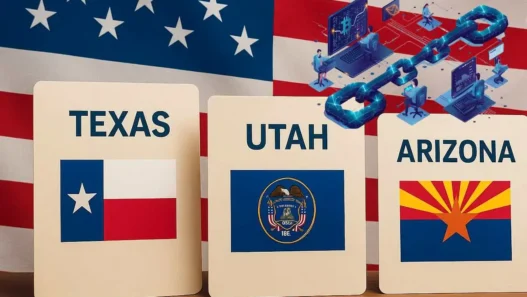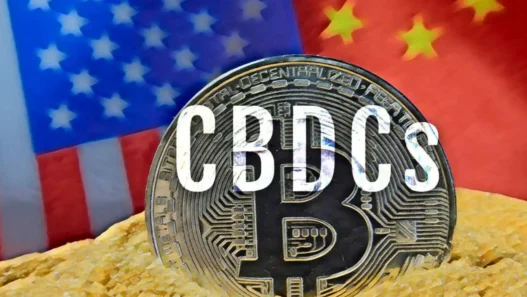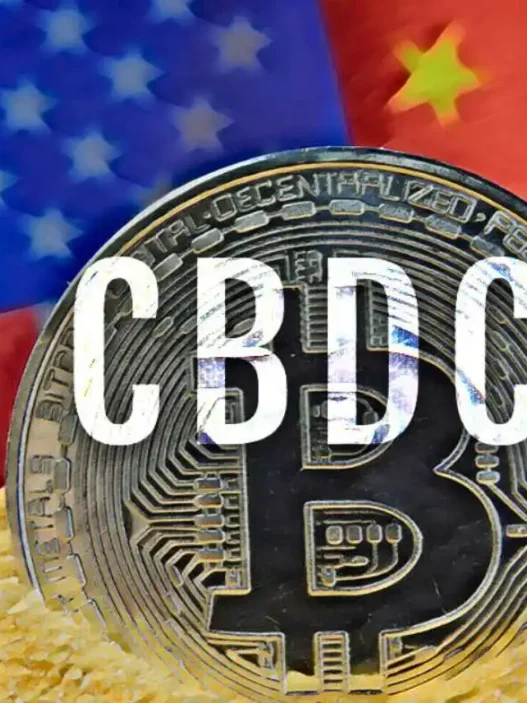Wall Street is moving into a bold new phase called Wall Street 3.0, where blockchain technology is playing a bigger and bigger role in traditional finance. In the early days of crypto, there was a lot of speculation and uncertainty about regulations. Now, though, institutions like BlackRock, Fidelity, JPMorgan, and Franklin Templeton are in charge.
This change is based on tokenization. Financial institutions can get faster settlement times, 24/7 trading, more liquidity, and lower transaction costs by turning real-world assets like bonds, stocks, and treasuries into digital tokens on public blockchains. Larry Fink, the CEO of BlackRock, has publicly said that blockchain is the future of financial markets. This is a huge change from Wall Street’s previous doubts.
Using Ethereum-compatible technology, JPMorgan has already set up a tokenized collateral network. Franklin Templeton is also in charge of tokenized money market funds on the blockchain. Circle’s USDC is becoming a regulated digital dollar that can be used for payments around the world. These changes show that blockchain is no longer on the edge; it is quickly becoming the new foundation of the financial system.
Compliance Built Into Code
Wall Street 3.0 isn’t about getting rid of regulation; it’s about putting it into systems that can be programmed. Smart contracts are making it easier to follow the rules. Stablecoins make it easy and quick to settle transactions. Institutions are using public chains instead of private networks, combining the open-source philosophy of crypto with the rules of traditional finance.
The goal is simple but radical: to create a global financial system that is open all the time, faster, cheaper, and more trustworthy. The change is just starting now that institutional trust and blockchain technology are on the same side.
Cryptocurrency is not going to take the place of Wall Street. It is rebuilding it.
Also read: Public Companies Are Buying More Bitcoin Than Ever




















